This lesson is about halving small numbers.
Halving means splitting into 2 equal parts.
Let's take an orange.

And cut it into two equal parts.

Cutting into equal parts means 'half'. Each part is half of the one whole orange.
When you half a shape, you must make sure that it is split in the middle to give 'two equal parts'.
Look at this circle below. Is it divided into half?
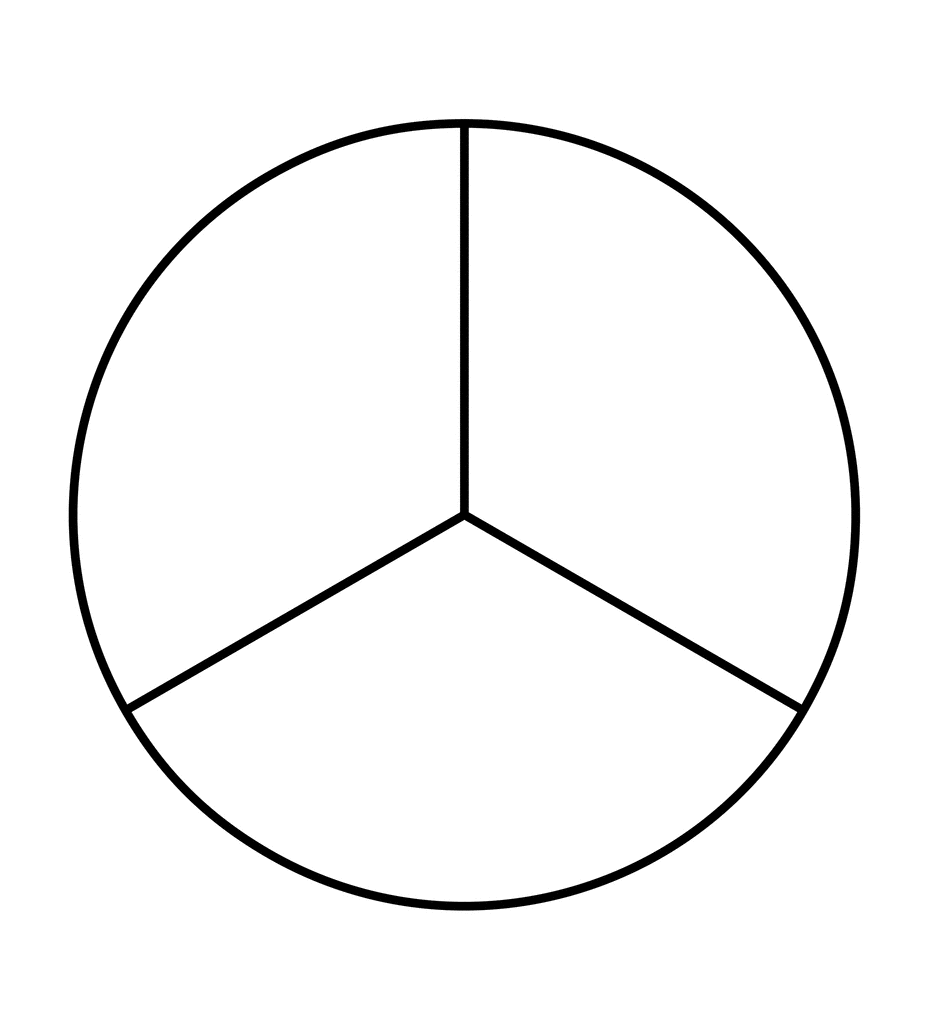
NO. Why?
Because half means dividing into TWO equal parts and this circle is divided into three parts, not TWO. So, this is not half.
A very important thing to remember is that when we half even numbers we get a whole number but odd numbers will not make a whole number when we half them.
There is more than one way to half a shape.
Take a rectangle or square paper. Try to cut it in half as many ways as possible.
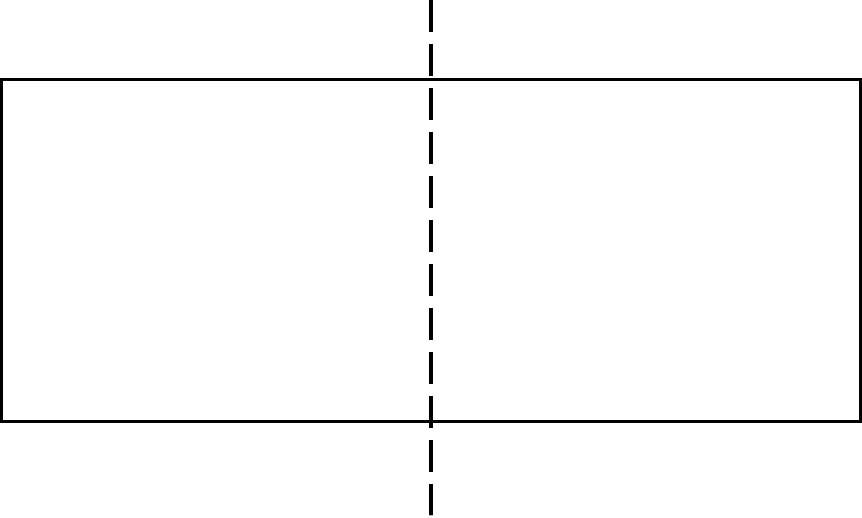

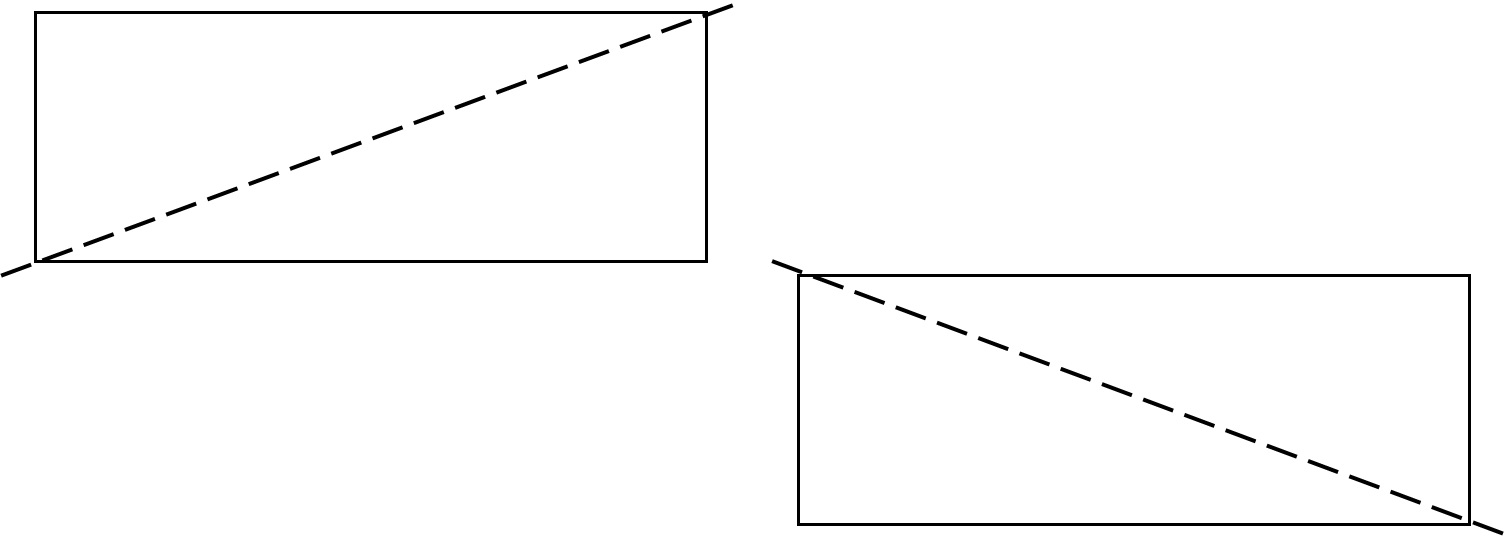
Thus, you see what is halving - it is cutting something into two equal parts and each part is called 'half'.
Let's learn to halve a number by sharing equally between two people.
There are six lollipops.

Divide these equally between Peter and Sam.
Draw a line between so that there are an equal number of lollipops on each side.
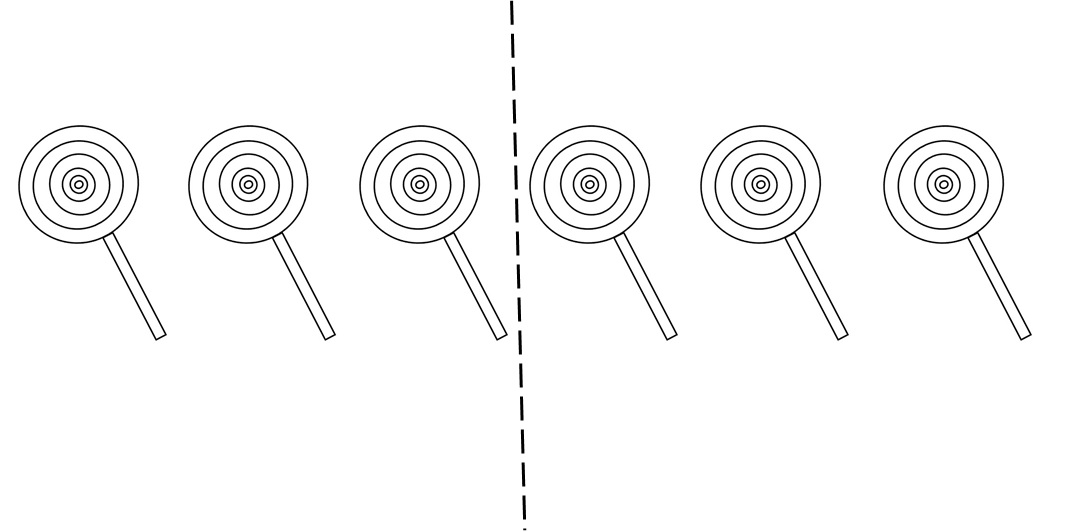
We see there are 3 lollipops on each side of the line.
Sam will get 3 lollipops and Peter will get 3 lollipops.
This means half of 6 is 3.
Let's try to divide the following squares into two equal parts.

These are 8 squares. Half of 8 is ______________.
Let's play a small game. It will be fun to play this game with your parent or friend.
Take a paper and cut it into 20 small pieces.
1. Place 10 pieces and share these equally between both the players.
How many pieces did you get? Is it 5?
How many pieces the other player got? Is it 5?
So, half of 10 is 5.
2. Place 16 pieces and share these equally between both the players? How many pieces did each of you get?
(Answer: 8 pieces each)
3. Place 20 pieces and share these equally between both the players? How many pieces did each of you get?
(Answer: 10 pieces each)
Alright, now write down half of the following numbers:
Half of 2 is ___________
Half of 4 is ___________
Half of 6 is ___________
Half of 8 is ___________
Half of 10 is ___________
Half of 12 is ___________
Half of 14 is ___________
Half of 16 is ___________
Half of 18 is ___________
Half of 20 is ___________
Are your answers like below?
Half of 2 is 1
Half of 4 is 2
Half of 6 is 3
Half of 8 is 4
Half of 10 is 5
Half of 12 is 6
Half of 14 is 7
Half of 16 is 8
Half of 18 is 9
Half of 20 is 10
Halving is the opposite of Doubling. For example, double of 2 is 4, and half of 4 is 2.
It will be good to remember that half of 10 is 5.
So, for any number bigger than 20 you can break them into manageable chunks of tens and ones, and then share equally between two.
For example, to halve 24, we will partition the number and then find half of each part of the number.
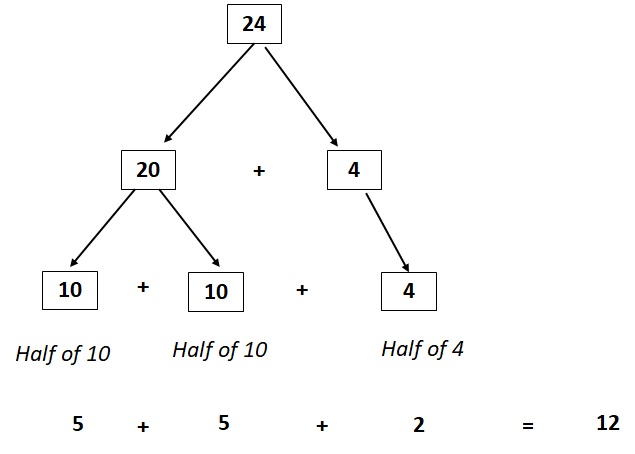
24 = 10 + 10 + 4
Half of 10 is 5 and half of 4 is 2
So, half of 24 is half of 10 + half of 10 + half of 4 = 5 + 5 + 2 = 12
Let's practice this method for some numbers.
1. Find half of 30.
Partition the number and then find the half of each part of the number.
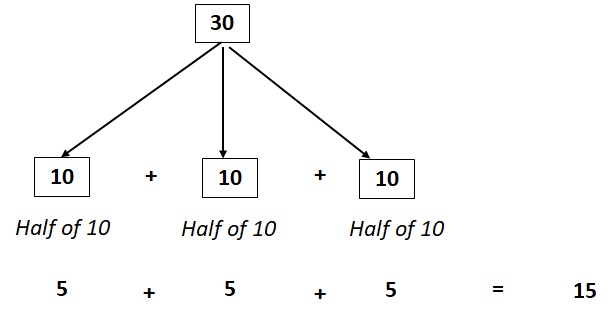
30 = 10 + 10 + 10
Half of 30 = 5 + 5 + 5 = 15
2. Find half of 36
Partition the number and then find the half of each part of the number.
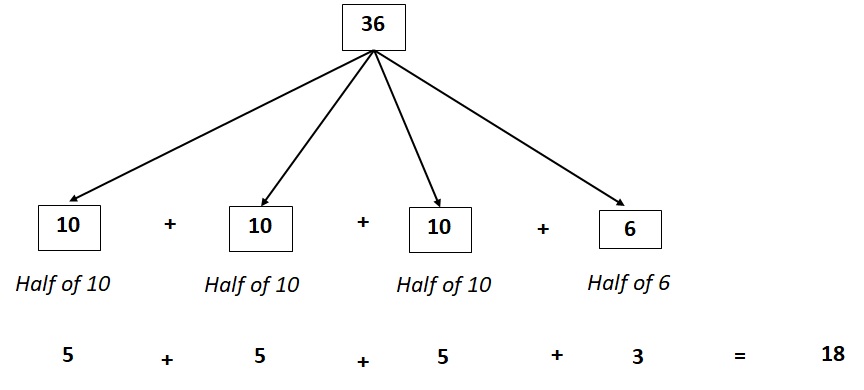
36 = 10 + 10 + 10 + 6
Half of 10 is 5 and half of 6 is 3.
Half of 36 = 5 + 5 + 5 + 3 = 18
3. Find half of 48.
Partition the number and then find the half of each part of the number.

48 = 10 + 10 + 10 + 10 + 8
Half of 10 is 5 and half of 8 is 4.
Half of 48 = 5 + 5 + 5 + 5 + 4 = 24
Practice halving the following numbers.


